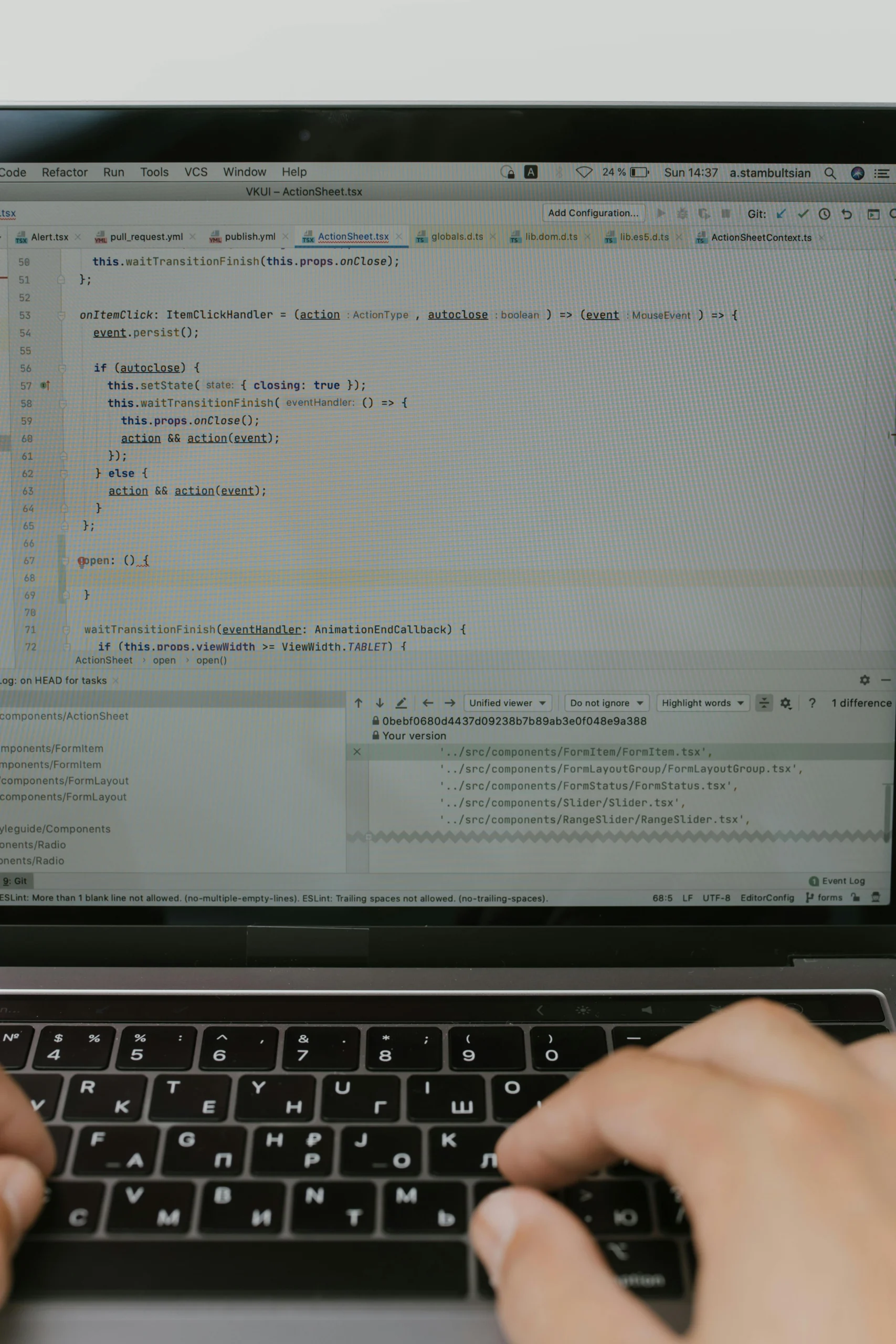Event-driven architecture (EDA) is a design paradigm that enables real-time responsiveness by allowing software components to react to events asynchronously rather than via traditional request-response methods. This fosters system scalability and flexibility, as components can operate independently and process events as they occur. EDA is particularly well-suited for applications requiring immediate data processing and user interaction responsiveness.
Adopting event-driven systems involves challenges such as increased architectural complexity and the need for robust event management to handle data consistency and error handling. Improper implementation can lead to difficulties in debugging and maintaining system integrity. However, the benefits include improved performance under high-load conditions and better adaptability to changes in system requirements over time.
Overall, event-driven architecture presents significant implications for the future of software design, enabling creators to build more interactive and scalable applications. As the demand for real-time information and responsiveness continues to grow across industries, EDA is positioned to play a crucial role in digital transformation efforts and modern software development practices.
👉 Pročitaj original: MIT Technology Review Security








